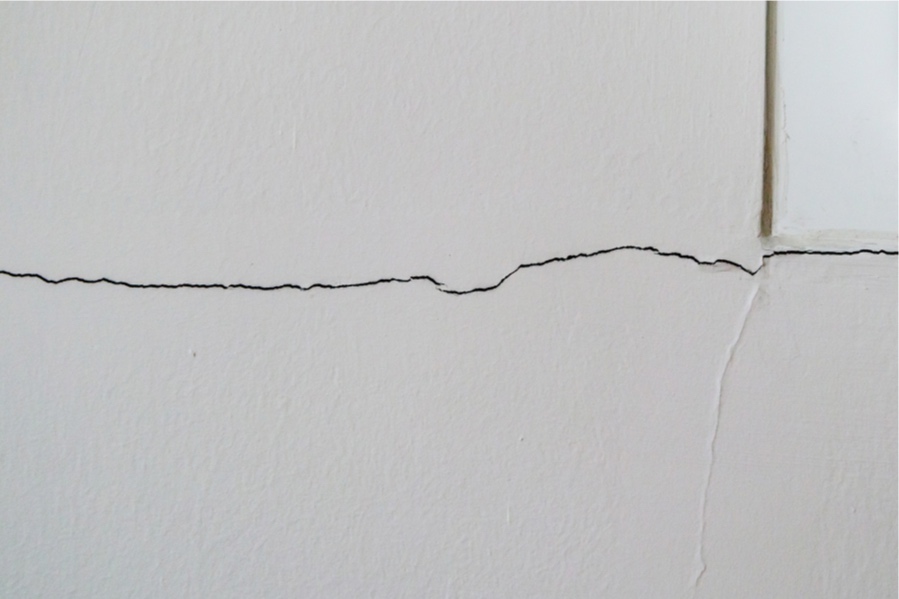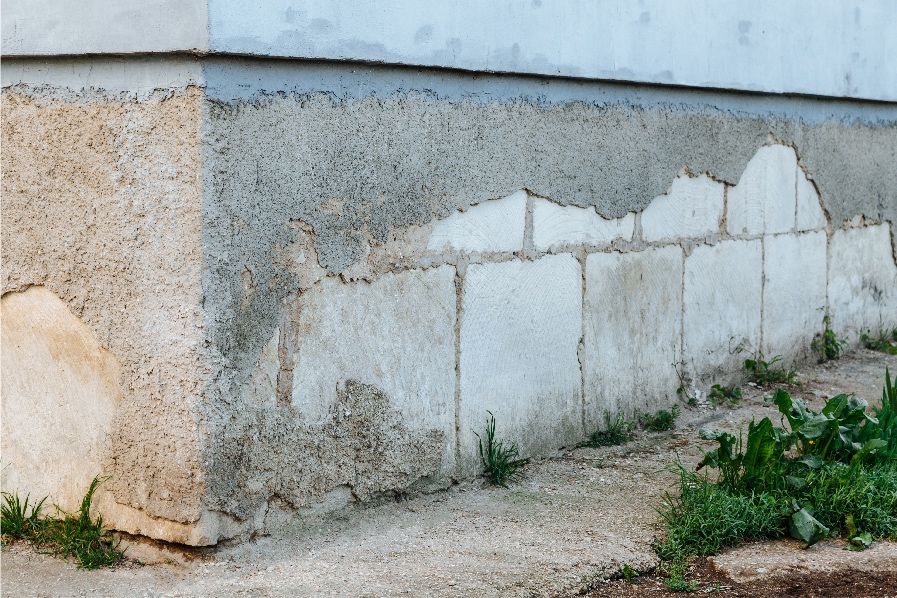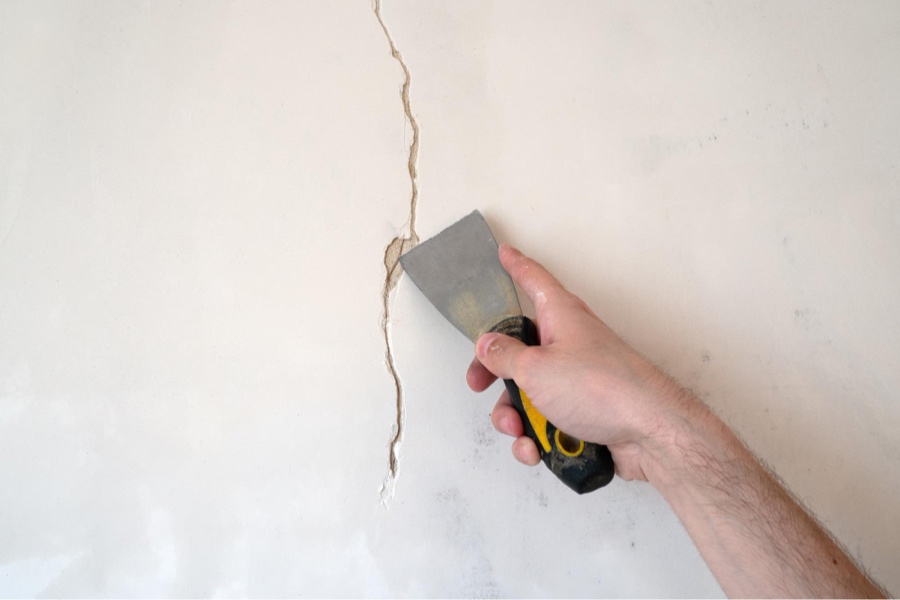Last updated on
Follow these steps to fix cracks in your home walls and floors. Here’s what you need to do.
As a homeowner, it can be disheartening to notice cracks forming in the walls or floors of your house. These cracks not only diminish the aesthetics of your home but may also indicate underlying structural issues.
However, the good news is that many of these problems can be resolved with the right solutions. In this article, we will explore common causes of cracks in houses and provide practical tips on how to address them.
From restumping to addressing foundation issues, we’ll guide you through the process of restoring your home’s structural integrity and ensuring peace of mind.
What's Inside
Understanding the Causes of Cracks in Houses

When cracks start appearing in your house, it’s crucial to understand the underlying causes. By identifying the root factors, you can take appropriate steps to address them effectively. Three common causes of cracks in houses are settlement and soil movement, poor construction practices, and environmental factors.
Settlement and soil movement occurs naturally as the ground beneath a house shifts over time. This movement can lead to cracks in walls and floors. Poor construction practices, such as inadequate reinforcement or improper foundation preparation, can also contribute to the development of cracks.
Additionally, environmental factors like excessive moisture, temperature fluctuations, or nearby tree roots can exert pressure on the structure, resulting in cracks.
Assessing the Severity of Cracks

It’s essential to assess the severity of the cracks to determine whether they are cosmetic or indicate potential structural issues. Cosmetic cracks are typically superficial and pose no threat to the overall stability of the house. These cracks are often caused by settling, minor shifts, or changes in humidity.
On the other hand, structural cracks are more concerning and require immediate attention. Signs of potential structural issues include cracks that are wider than 1/8 inch, uneven or bulging walls, or doors and windows that no longer function properly. If you notice any of these signs, it’s crucial to address the underlying problems promptly.
Restumping: The Solution for Foundation Problems

Restumping is often the solution when cracks in a house are due to foundation problems. Restumping, also known as reblocking or underpinning, involves replacing or reinforcing the stumps or supports that hold the house above the ground.
The process begins with an assessment of the foundation to determine if restumping is necessary. Signs that your house may require restumping include sagging floors, doors that no longer close properly, or visible signs of stumps deteriorating or shifting.
Restumping is a complex process that involves lifting the house, removing and replacing old stumps, and ensuring proper alignment and support. According to the folks that do restumping in Melbourne, it is crucial to consult with a professional restumping contractor who can assess your specific situation and guide you through the process.
Repairing Wall and Floor Cracks
When it comes to addressing cracks in your house, the approach will vary depending on the size and severity of the cracks. For small cosmetic cracks, you can often handle the repair yourself. Filling and patching these cracks with appropriate materials, such as spackling compound or caulk, can help restore the appearance of the walls or floors.
However, for larger cracks and those that indicate structural issues, it is crucial to address them promptly and seek professional assistance. Structural cracks require a thorough evaluation to determine the underlying cause and implement the appropriate repairs.
A professional contractor or structural engineer will have the expertise to assess the situation and recommend the best course of action.
Preventive Measures for Long-Term Stability
Prevention is key when it comes to maintaining the long-term stability of your house. Implementing preventive measures can help minimize the occurrence of cracks and other structural issues. Regular maintenance and inspections play a crucial role in identifying potential problems before they escalate.
Conduct routine checks for signs of moisture intrusion, such as leaks or dampness, and address them promptly to prevent damage to the structure. Properly managing moisture levels around the house, through measures such as adequate ventilation and drainage systems, can also help prevent cracks caused by excessive moisture.
Additionally, consulting with experts, such as structural engineers or experienced contractors, can provide valuable insights and professional advice on maintaining the stability of your home.
Seeking Professional Help
While some cracks can be addressed through DIY repairs, certain situations require the expertise of professionals. If you notice significant or recurring cracks, or if you suspect underlying structural issues, it is crucial to seek the assistance of a structural engineer or building professional.
These experts have the knowledge and experience to assess the severity of the problem, identify the root causes, and develop appropriate solutions. When selecting contractors for repairs, it’s important to choose reliable and licensed professionals who specialize in structural repairs.
Obtaining multiple cost estimates and project timelines will help you make informed decisions and ensure that the repairs are carried out effectively and efficiently.
The Dangers of Not Repairing Cracks
Neglecting to repair cracks in your house can lead to a cascade of problems that pose significant dangers to both the structural integrity of your home and the safety of its occupants.
Cracks may seem harmless at first, but they can worsen over time, allowing moisture to seep in and weaken the foundation. This can result in the shifting and settling of the entire structure, leading to uneven floors, sagging ceilings, and even potential collapse.
Additionally, unrepaired cracks provide an entry point for pests such as termites and rodents, further compromising the stability of your home. Furthermore, cracks can serve as avenues for air leakage, causing energy inefficiency, escalating utility bills, and reducing indoor comfort. Ignoring these seemingly small fissures can eventually lead to costly and extensive repairs that could have been prevented with timely intervention.
It is crucial to address cracks promptly to ensure the safety, longevity, and value of your home.
By following the steps outlined in this article, you can take proactive measures to address cracks in your house and restore its structural integrity. Whether it’s restumping to resolve foundation issues or repairing cosmetic cracks, don’t delay in seeking the necessary solutions.
Remember, the earlier you address these problems, the better chance you have of preventing further damage and ensuring the long-term stability and safety of your home.
By understanding how to repair wall and floor cracks, implementing preventive measures for long-term stability, and knowing when to seek professional help, you can effectively address and resolve the cracks in your house.




